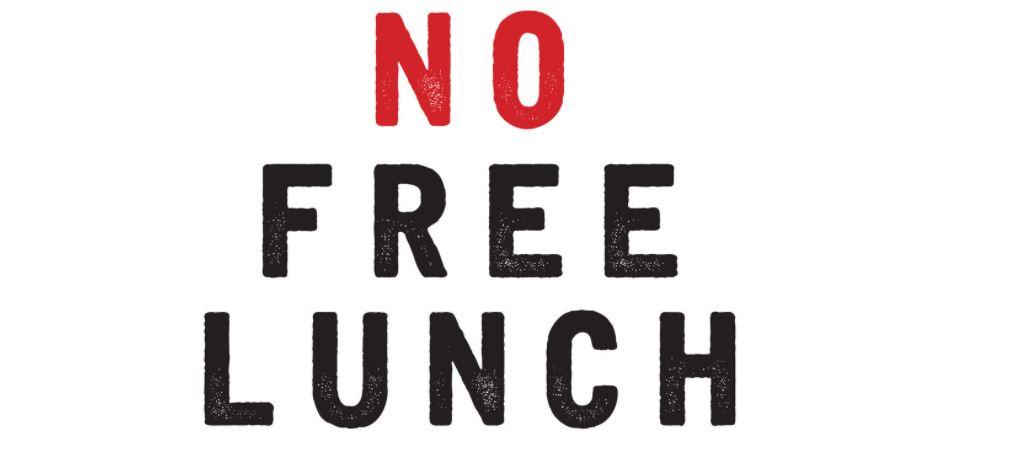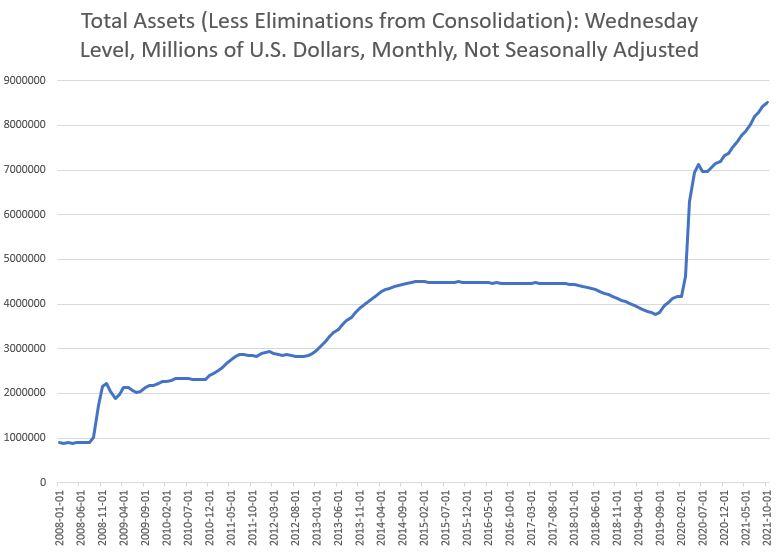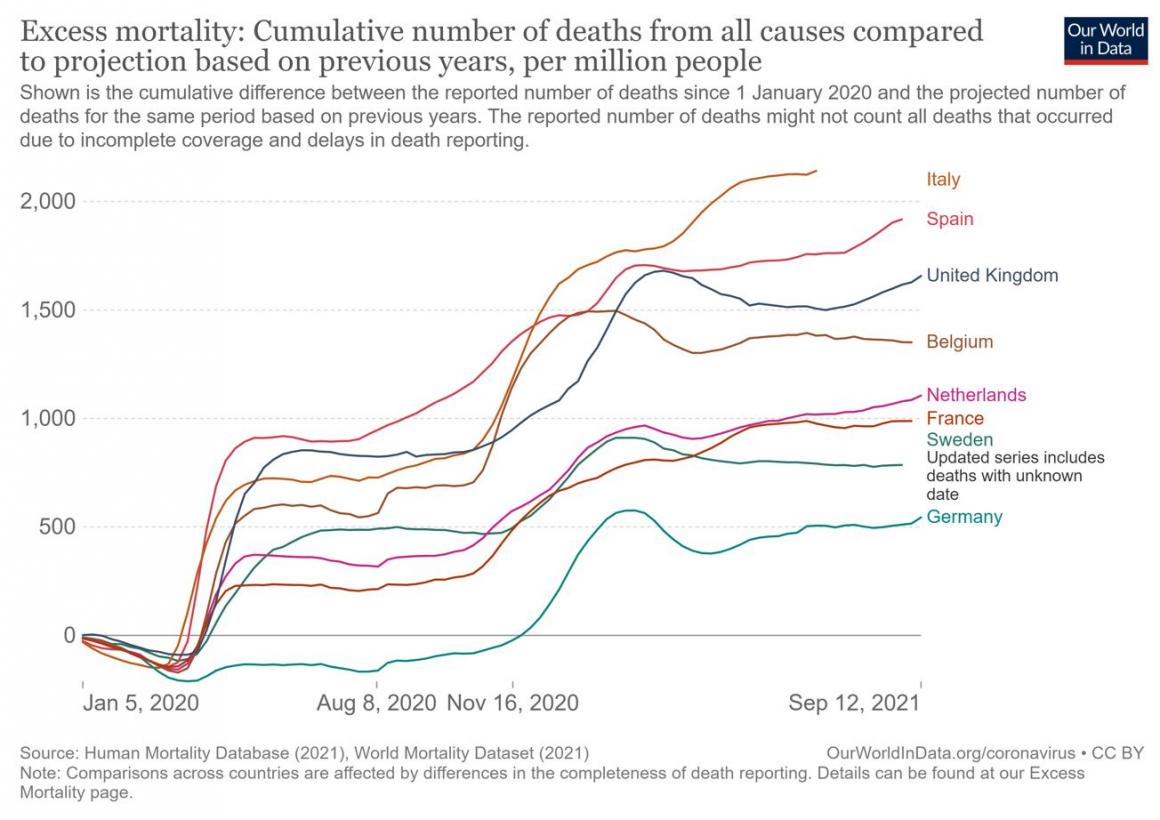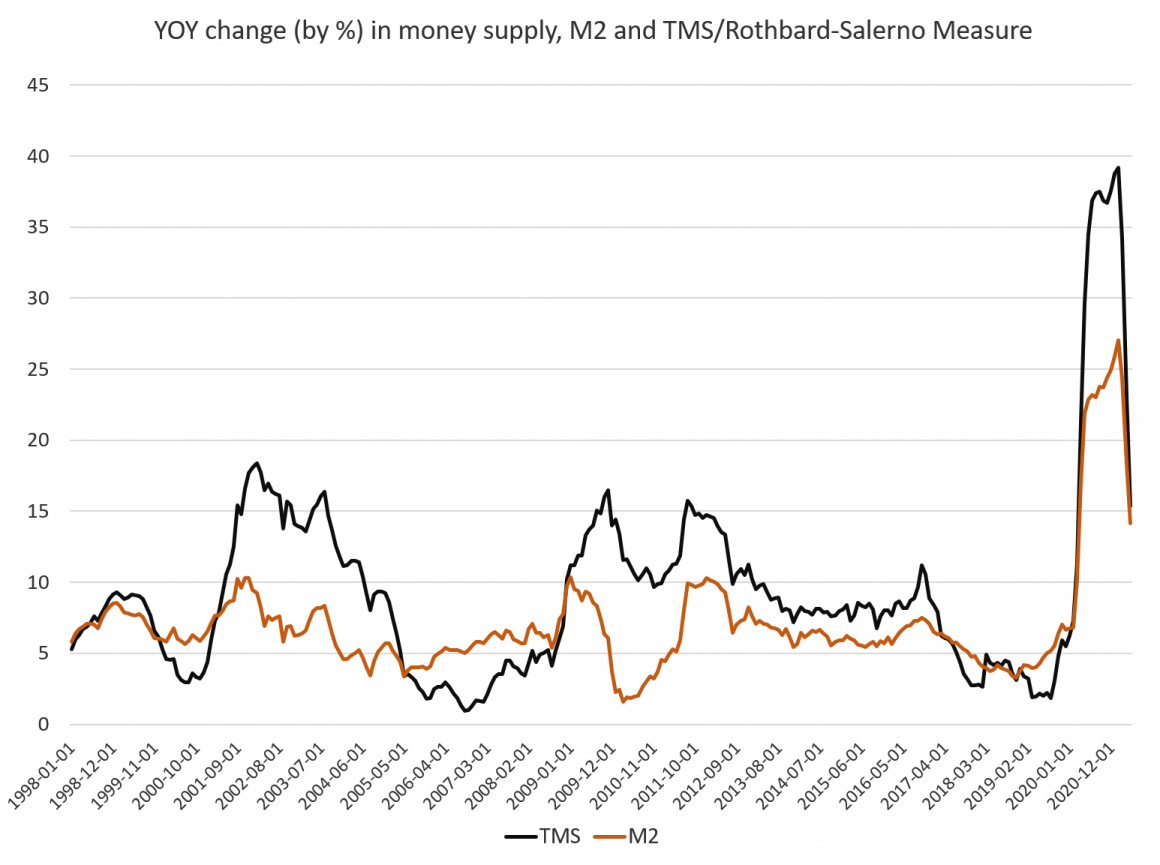No Free Lunch: Six Economic Lies You’ve Been Taught and Probably Believe by Caleb S. Fuller Freiling Publishing, 2021. 110 pp. Caleb Fuller, an economist who teaches at Grove City College, thinks that many people have a mistaken conception of economics. It is, they think, a dull and dry subject, the “dismal science,” of primary interest to specialists. Fuller disagrees. He says that “economics changed my life” (p. 11; all page references are to the Amazon Kindle edition), and in this wonderful short book, which can be read in an hour or so, he conveys his infectious enthusiasm for it. What is the reason for his enthusiasm? Fuller says that he can provide readers with “a pair of eyeglasses that can extend our vision beyond where we’re accustomed to looking” (p.
Topics:
David Gordon considers the following as important: 6b) Mises.org, Featured, newsletter
This could be interesting, too:
RIA Team writes The Importance of Emergency Funds in Retirement Planning
Nachrichten Ticker - www.finanzen.ch writes Gesetzesvorschlag in Arizona: Wird Bitcoin bald zur Staatsreserve?
Nachrichten Ticker - www.finanzen.ch writes So bewegen sich Bitcoin & Co. heute
Nachrichten Ticker - www.finanzen.ch writes Aktueller Marktbericht zu Bitcoin & Co.
 No Free Lunch: Six Economic Lies You’ve Been Taught and Probably Believe
No Free Lunch: Six Economic Lies You’ve Been Taught and Probably Believe
by Caleb S. Fuller
Freiling Publishing, 2021. 110 pp.
Caleb Fuller, an economist who teaches at Grove City College, thinks that many people have a mistaken conception of economics. It is, they think, a dull and dry subject, the “dismal science,” of primary interest to specialists. Fuller disagrees. He says that “economics changed my life” (p. 11; all page references are to the Amazon Kindle edition), and in this wonderful short book, which can be read in an hour or so, he conveys his infectious enthusiasm for it.
What is the reason for his enthusiasm? Fuller says that he can provide readers with “a pair of eyeglasses that can extend our vision beyond where we’re accustomed to looking” (p. 12), and this is the “opportunity cost lens.” (One wonders how a pair of eyeglasses can be at the same time a lens, but this is a quibble.) By using this lens properly, readers will be able to unmask six common fallacies that exercise a malign influence on current thought. In carrying out his project, he follows Frédéric Bastiat and Henry Hazlitt, and he is a worthy successor of them, whom he calls “economics’ greatest communicators” (p. 12).
Before turning to opportunity cost and its use in exposing fallacies, I will note one point of usage. Fuller often calls the fallacies “lies,” meaning by this that they are untrue; but although some people use the word in this way, I think it better to reserve “lies” for deliberate misstatements, so that someone who wrongly believes one of the fallacies is true would not count as a liar if he stated his belief. But this is by the way.
Opportunity cost, he tells us, “is the value of the alternative you sacrifice when you choose to pursue a goal—any goal. Put another way, opportunity cost is the flip side of any choice you make” (p. 22). Fuller first uses opportunity cost to explain Bastiat’s famous “parable of the broken window.” In the story, a “teenage vandal” (could one say that today?) has thrown a brick through a shopkeeper’s window. A passerby suggests that he is really a public benefactor in that the shopkeeper will now have to pay a glazier to replace his window and the glazier will spend the money he receives, increasing the community’s prosperity. What the passerby overlooks is that had the window not been broken, the shopkeeper would have spent his money on other things. The passerby has ignored the shopkeeper’s opportunity cost. The community has not gained, but lost, because a resource, namely the window, has been destroyed. Few people would call the teenager a public benefactor, but many have been ensnared by the fallacy. It’s often claimed, for example, that government spending on weapons during World War II ended the Great Depression, but in the absence of war, the money would have been spent on other things, and the war in fact lowered the standard of living of civilians.
Fuller next applies opportunity cost to answer a fundamental question. Resources in an economy are scarce, “in limited supply and also desirable” (p. 32). How are they to be allocated? The price system is by far the best way to do this; it is “humankind’s greatest invention” (p. 33). If the quantity demanded of a good exceeds the available supply, its price will rise, and the good will go to those who value it the most, i.e., offer a higher price than competing buyers. Many people resent this system—why should scarce goods go to the rich rather than the poor?—and seek a “free lunch” by forcing prices down. Fuller says there is no such thing as a free lunch and, to illustrate his point, offers an excellent and detailed account of the failures of rent control. Often, for example, landlords will respond to laws that compel them to offer apartments at below the market price by refusing or delaying repairs. By reducing the quality of the apartment, they “simply let the housing quality adjust until it matches the new, lower price they are forced to charge” (p. 42). He says that the “fact that lunch isn’t free is an economic law that was true in 2021 B.C., around the time Hammurabi declared price controls” (p. 44). The date is a few hundred years off, but one gets what he means.
The behavior of the landlords in response to rent control is an instance of a more general principle. Good intentions by lawmakers often fail to achieve the desired outcomes, because “virtually all public policies alter the relationship between costs and benefits. When the benefits of an action change relative to an action’s opportunity cost, people’s actions also change. And when people change their actions, they may do so in a way that works at cross-purposes with a public policy’s noble intentions” (p. 48). As an example, after the 9/11 attacks, the Transportation Security Administration security measures raised the opportunity costs of flying, since people after that had to wait much longer in line. As a result, some shifted to automobile travel. But fatal accidents are much more likely to occur in cars than airplanes, and one estimate is that because of the TSA’s policies, “327 additional automobile deaths occurred monthly for the last quarter of 2001” (p. 52).
The price system, so much stressed by Fuller, depends on a fundamental principle, that exchange takes place only when both parties to it expect to benefit. “Thus every trade makes the world wealthier because both parties gain, even as exchange only switches who owns what property titles” (p. 60). Though the point seems when stated to be obvious—why else would you make an exchange if you did not expect to gain from it?—it has often been overlooked, and Aristotle among many others thought an exchange takes place when the good is equally valued by both parties. If you understand that exchange benefits both parties, you will see what is wrong with criticisms of agreements between owners of “sweatshops” and those workers who voluntarily work in them, under what seems to us harsh conditions and poor pay. The employers are not exploiting the workers; the conditions are to them an improvement. You do not exploit people by offering them jobs, even if you could have made them an offer they would have found even more desirable. It is worth noting, and in doing so I do not mean to suggest that Fuller has not seen this, that the view that in an exchange one party gains at the expense of another is inconsistent not only with the “both parties benefit” view but also with the “exchange as equality” position. The elaborate efforts of Karl Marx to reconcile labor exploitation and equality in exchange manifest the intellectual bankruptcy of his thought.
The mutual benefits of exchange apply to all exchanges, not just ones by the residents of one country, though many people find this extraordinarily hard to see. Foreign trade extends the advantages of specialization and the division of labor, and attempts to limit it reduce consumer welfare. If it is objected that workers displaced by foreign competition are worse off, Fuller’s reply is that to use this point in support of tariffs is an instance of the broken window fallacy. Tariffs raise production costs, leading employers to reduce offers of employment, and these unseen lost jobs need to be set against the losses to domestic workers that are so much emphasized in anti–free trade propaganda. Free trade also promotes peace because trading partners benefit from each other’s continued well-being. “If goods don’t cross borders, armies will,” an adage that comes not from Bastiat but from a “somewhat obscure nineteenth-century economist, Otto T. Mallery” (p. 86), but is true nonetheless.
Fuller concludes with a convincing rejoinder to the claim that the government needs to regulate markets. Otherwise, it is claimed, businesses would be tempted to take advantage of their customers through inferior service and fraud. If, for example, a restaurant serves you monkfish, the “poor man’s lobster” (p. 91), instead of the genuine article you had ordered, won’t it make a profit? Not it if wants you back as a customer. “The ‘shadow of the future’ looms over every exchange like a specter threatening to take away future profits. But you need to be wearing your economic eyeglasses to see that far ahead” (p. 93).
No Free Lunch is an ideal book for introductory economics classes and for anyone who wants to understand how the free market works. It would be a good test to see if you understand the book to explain why the lesson summarized in the book’s title is consistent with the fact that the book is, at least as of this writing, available on Amazon Kindle for free.
Tags: Featured,newsletter






